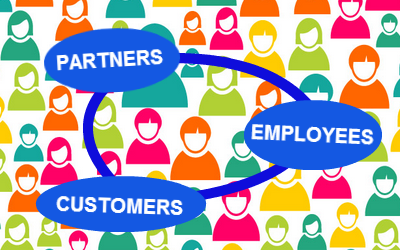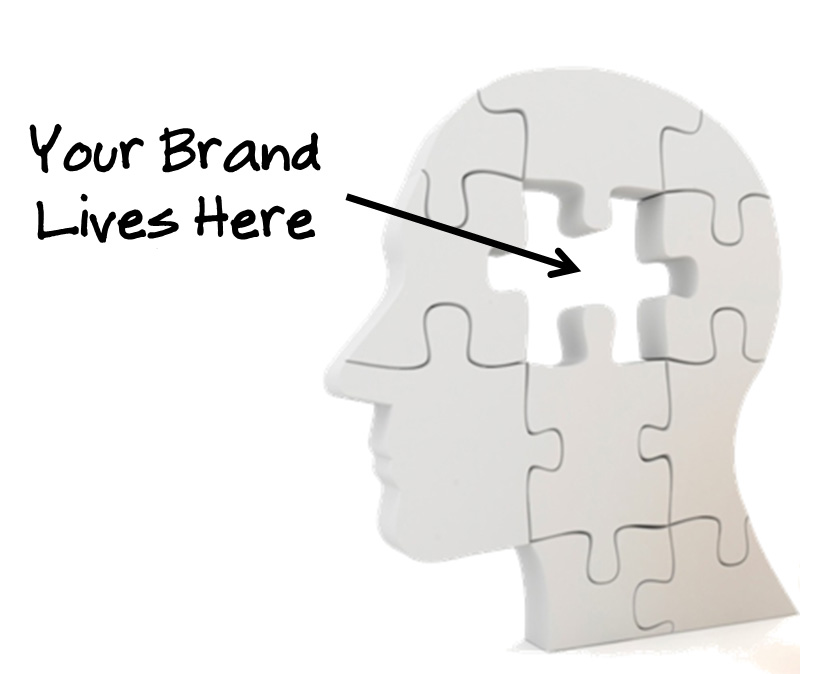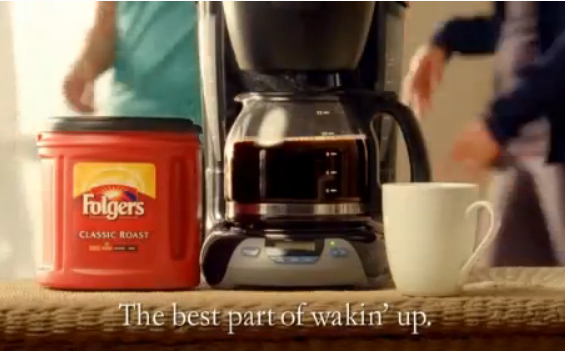This is the second of two articles about finding and staying connected to customers as the marketplace continues to evolve. Last week we talked about creating online communities as a way to find relevance with social media.
Going forward, connecting with prospects and customers will be less about 20th century marketing strategies and more about having at least one type of online relationship with them, including information delivered in one of the online channels like email, texting, even Twitter. And you haven’t created a true online community until members can comment on every aspect of their experience with your business.
Increasingly, prospects will turn into customers more because they’re attracted to the values of your online community than because of what you sell. Your community values should have three elements:
1. Brand elements – brand promise and brand image.
2. Quality information delivered to the community.
3. The tone of connection the business wants to set with its community. Your “tone” is how brand messages are included in information you deliver to the community, and it can be anywhere from crassly commercial to so subtle it’s almost subliminal. The “volume” of your tone will depend on your ROI patience.
Establishing community values is a critical element of community growth not only because that’s what attracts members to connect with you, but it also causes them to encourage members of other communities to which they belong to join them in your community. Indeed, the most viral element of any online community is the feeling members have for the community values, which could range from devotion to derision.
In order to foster community longevity and quality, a business should create its own social media platform and technologies, rather than counting on public sites, like Facebook or LinkedIn. Here are a few guidelines:
1. Establish compelling community values.
2. Create an environment where communities can flourish around these values.
3. Acquire the technology that makes online community building possible.
4. Protect community values and control how the community is served, while accepting that the community founder cannot control member activity.
Ultimately, as a result of their experiences with your online community, members will turn into customers and possibly your best salespeople.
Write this on a rock… Get connected – and stay connected with customers through online communities.









